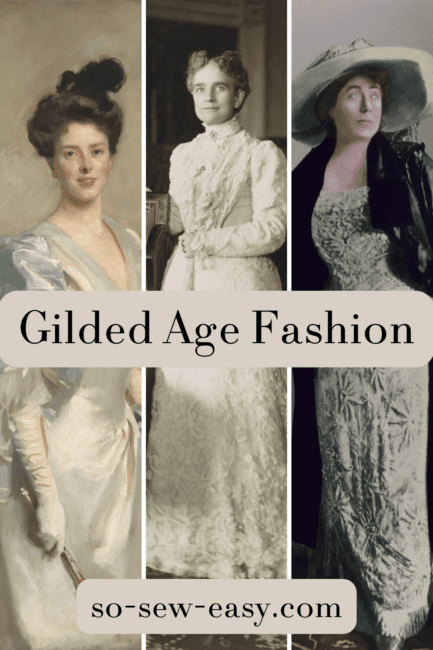
The Gilded Age, spanning the latter half of the 19th century, is often remembered as an era of opulence, innovation, and social transformation. Its influence was profound, impacting not only the political and socio-economic fabric of the time but also the world of fashion. In this piece, we'll explore how and why the Gilded Age played such a pivotal role in shaping American fashion, leaving an undeniable mark that can still be felt today.
An Age of Transformation
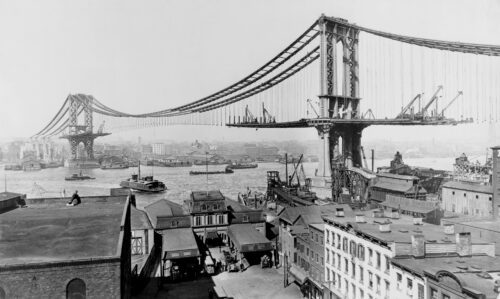

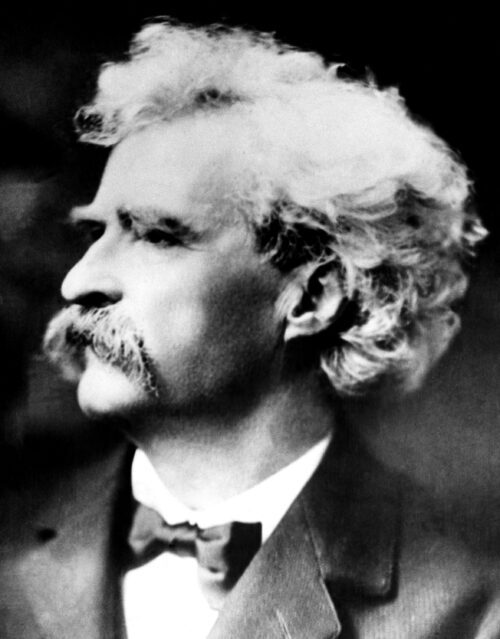

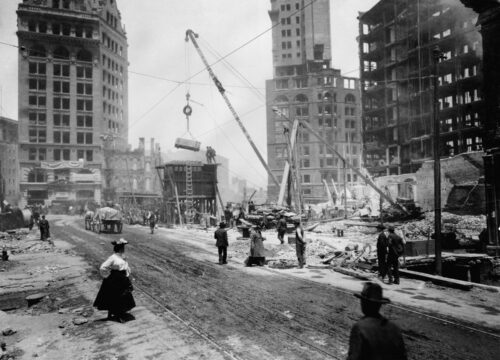

The Gilded Age, spanning from the 1870s to 1900, is a term often attributed to the collaborative literary work of Mark Twain and Charles Dudley Warner. Their novel, “The Gilded Age: A Tale of Today,” satirized the stark contrast between the superficial glamour of the era and the underlying issues of social inequality and corruption. This era in U.S. history was marked by rapid industrialization, technological advancements, and urban expansion. However, beneath this sheen of prosperity, there lay deep-rooted societal disparities and political corruption.
This period witnessed innovations that would reshape the nation, driving America into modernity and altering the very fabric of daily life.
Electricity stands out as one of the epoch-defining innovations. The incandescent light bulb, introduced by Thomas Edison, not only illuminated homes but also extended working hours, transforming urban landscapes and routines. Cities, once confined to daylight, could now thrive after dusk, setting the stage for the 24/7 hustle we recognize today.
Then there was transportation. The expansion of the railroad system connected the vast expanse of the continent, making travel faster and more efficient. Cities grew around train stations, commerce accelerated, and people and goods moved with an ease previously unimaginable. Additionally, the invention of the automobile towards the end of this period hinted at the profound changes the next century would bring in personal mobility.
Communication wasn’t left behind either. The introduction of the telephone by Alexander Graham Bell broke the barriers of distance. Conversations, once restricted to face-to-face interactions or delayed written correspondence, could now occur in real-time across cities.
Moreover, the rise of industrialization and mechanization brought about significant shifts in the workforce. The sewing machine, for instance, revolutionized the textile industry, introducing mass production of garments. Factories sprouted across urban landscapes, introducing new work patterns and fostering a shift from agrarian livelihoods to industrial employment.
In a nutshell, the Gilded Age was a whirlwind of technological progress. It laid the groundwork for the modern American lifestyle, with innovations that bridged distances, brightened nights, and redefined how people lived and worked.
Fashion In The Gilded Age
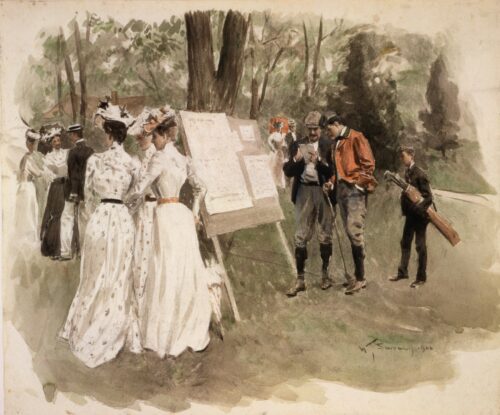

Fashion, often dismissed as superficial by some, is in fact a profound expression of the times. Like all forms of art, it captures the zeitgeist, reflecting the societal, political, and economic nuances of its era. What sets fashion apart, however, is its dual nature — it straddles the realms of both commerce and artistry, making its impact more widespread and palpable across diverse sections of society.
At its core, fashion is storytelling. Each silhouette, fabric choice, and design element tells a story of the world it emerged from. For instance, the austerity and practicality of wartime fashion speak to resource scarcity and functionality, while the opulence of the Gilded Age's attire echoes the societal aspirations and grandeur of that period.
Because of its commercial nature, fashion's reach is extensive. While paintings or sculptures may be confined to galleries or the homes of the elite, fashion is worn, seen, and experienced by many. It's on our streets, in our homes, and on our screens. This ubiquity means that fashion, more than many other art forms, has the power to influence societal norms and values. The adoption of trousers by women, for instance, wasn't just a style choice but symbolized a shift in gender dynamics and the evolving role of women in society.
Furthermore, the commercial imperatives driving fashion ensure it's constantly evolving. Market demands push designers to innovate, and in doing so, they inadvertently capture the changing moods, aspirations, and challenges of society. The rise of sustainable fashion in recent years is a case in point, mirroring global concerns about the environment and sustainability.
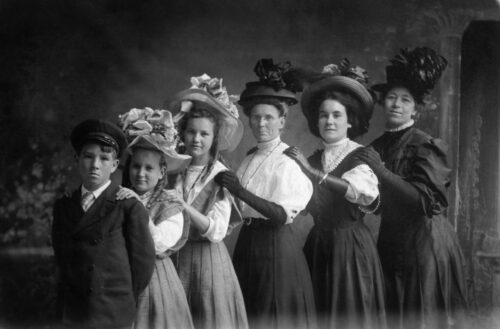

Key Influences on Gilded Age Fashion
- Industrial Revolution: The rise of mechanization made mass production possible. The sewing machine, in particular, revolutionized the fashion industry. Ready-to-wear garments became more accessible, bridging the fashion divide between classes.
- Urbanization: As people migrated to cities, there was a mixing of cultures and influences. This cosmopolitanism was reflected in the eclectic fashion choices of the era.
- European Touch: Europe, particularly Paris, was seen as the fashion capital. American elite often looked to Paris for inspiration, bringing European styles to American shores and integrating them with domestic tastes.
For the Ladies
The era brought forth a unique silhouette for women, heavily characterized by the bustle – a padded undergarment that accentuated the back of women's dresses. Day dresses boasted high necklines, while evening gowns allowed for more daring décolletage.
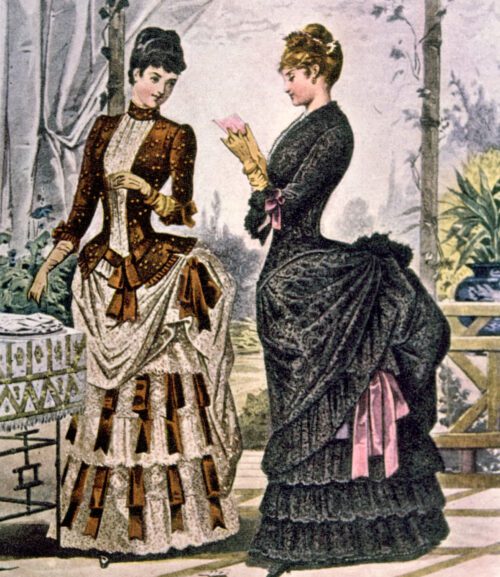

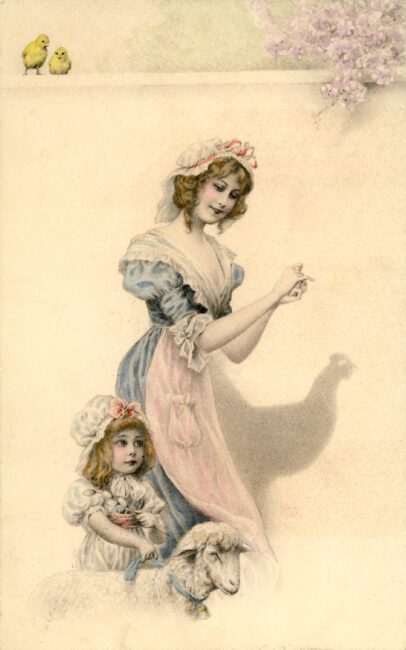

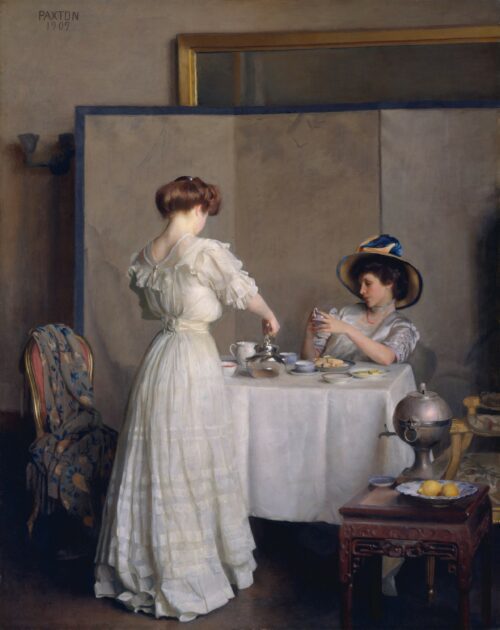

As the era progressed, we also saw the rise of the “leg-of-mutton” sleeves, large and puffed at the shoulder, tapering to the wrist. Luxurious fabrics like silk, velvet, and brocade took center stage, adorned with intricate embroideries, laces, and ruffles. The S-shaped corset, which arrived later in this period, became a signature, emphasizing the chest and hips.
Gentlemen's Attire
Men of the Gilded Age showcased elegance in three-piece suits, predominantly in dark hues. White shirts with stiff, high collars paired with cravats, bow ties, or long ties dominated the scene.
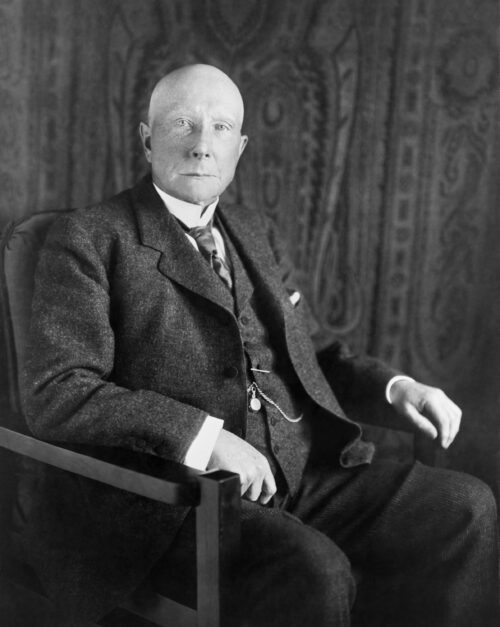

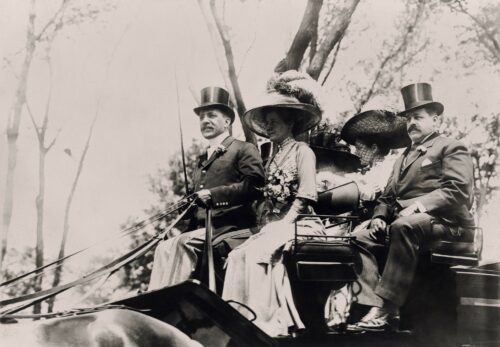

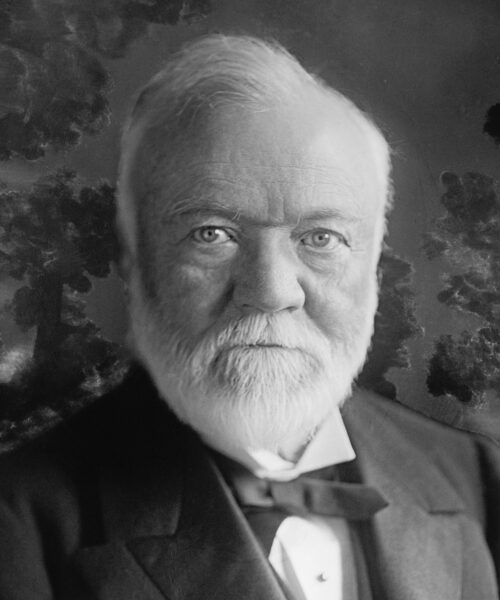

Essential accessories included top hats for formal events, and for daily wear, the bowler hat and fedora made their mark. Pocket watches, walking canes, and gloves further accentuated the genteel appearance.
Rise of the Sewing Machine
The sewing machine's advent in the 1850s reshaped fashion production. Ready-to-wear fashion emerged, making fashion more accessible, although bespoke tailoring remained a luxury for the affluent.
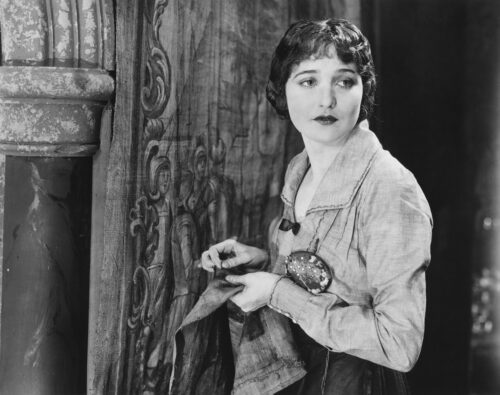

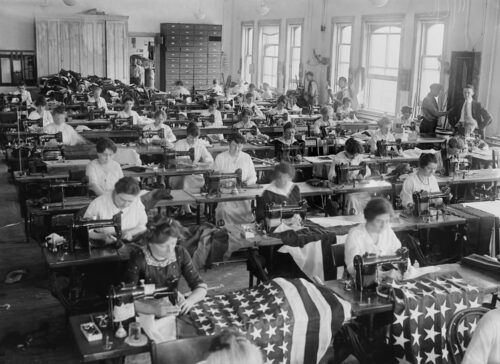

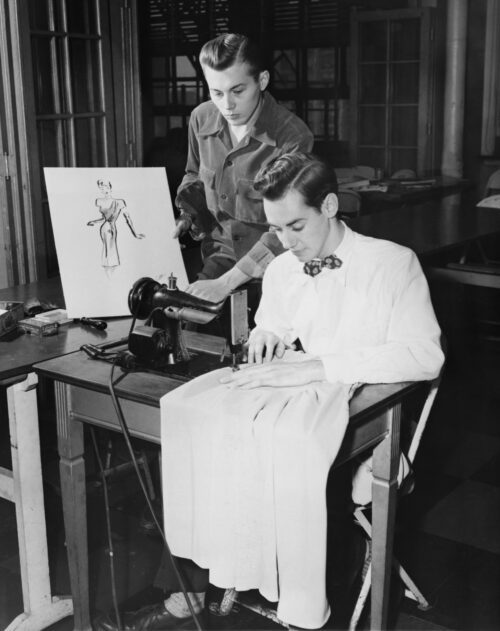

The invention and proliferation of the sewing machine in the 19th century had a profound impact on the fashion industry. Before this innovation, garments were painstakingly stitched by hand, a method that was both lengthy and expensive. The sewing machine brought a wave of transformation, introducing efficiency and scalability into the garment-making process.
With the sewing machine, clothing could be mass-produced, leading to the rise of ready-to-wear fashion. This democratization of fashion meant that a wider section of society, particularly the growing middle class, could now afford stylish attire that was previously the domain of the elite. Furthermore, the sewing machine ensured a greater consistency and precision in garment production. As a result, clothing became more affordable and exhibited a standardized quality that was challenging to achieve with hand-stitching alone.
Another significant shift brought about by this invention was the acceleration of fashion cycles. Since garments could be manufactured more rapidly, fashion trends began to evolve at an unprecedented pace. This ensured that the Gilded Age experienced a myriad of styles, each leaving its unique imprint on the era.
On a socio-economic front, the sewing machine opened doors for employment and entrepreneurship. Many women found job opportunities in garment factories or embarked on entrepreneurial journeys, starting their sewing businesses. Although the initial working conditions in these factories were less than ideal, they eventually paved the way for labor rights movements and crucial reforms in subsequent years.
The Legacy
The Gilded Age set the stage for many modern fashion concepts:
- The Birth of Branding: The era saw the beginning of recognizable fashion brands and designers. People started associating quality and style with specific names.
- Consumer Culture: Department stores like Macy's and Marshall Field’s rose in prominence, setting the groundwork for modern retail culture.
- Democratic Fashion: While the Gilded Age had its elitist fashion moments, the period also democratized fashion to some extent. Ready-to-wear collections made style more accessible to the middle class.
Does Gilded Age Fashion Still Influence Us?
Absolutely! Beyond the exquisite silhouettes and intricate detailing, the Gilded Age left an indelible mark on contemporary fashion trends and societal reflections. While we've come a long way since the ornate bustles and stiff collars, the influence of the Gilded Age is more than skin-deep, resonating not just in design but in the very fabric of how and why fashion evolves.
Today, much like the Gilded Age, we grapple with stark socio-economic issues. Wealth disparity is at its peak in many parts of the world. The rise of technology, while a boon in many areas, has also led to job displacements and growing concerns about the future of work. In much the same way as the industrial revolution impacted labor during the Gilded Age, modern automation and AI-driven innovations are reshaping today's workforce.
So, how does this connect with fashion? Much like the Gilded Age, fashion today often serves as a facade, masking the deeper societal issues at hand. The opulence of high fashion might be seen as a parallel to the grandeur of the Gilded Age, a shimmering veneer that occasionally distracts from underlying issues.
Moreover, just as the Gilded Age saw a rise in ready-to-wear garments due to technological advancements, we're witnessing a transformation in fashion accessibility with online shopping, digital customization, and rapid fashion cycles. The essence is the same: technological advancements driving fashion consumption.
There's also a revival in fashion trends inspired by the Gilded Age. Vintage and retro styles, with their intricate embroidery, lacework, and silhouettes, have seen a resurgence. This could very well be an unconscious nod to the past, a reflection of society’s yearning for simpler times in the face of contemporary challenges.








I would have liked to see captions underneath the pictures shown. They left me wondering who the artist or person in the photos was
i would love to download this to my ipad so i can read it on vacation.
This was as very interesting read. Thanks for writing it. It is a peek to the past with a look into the present and future